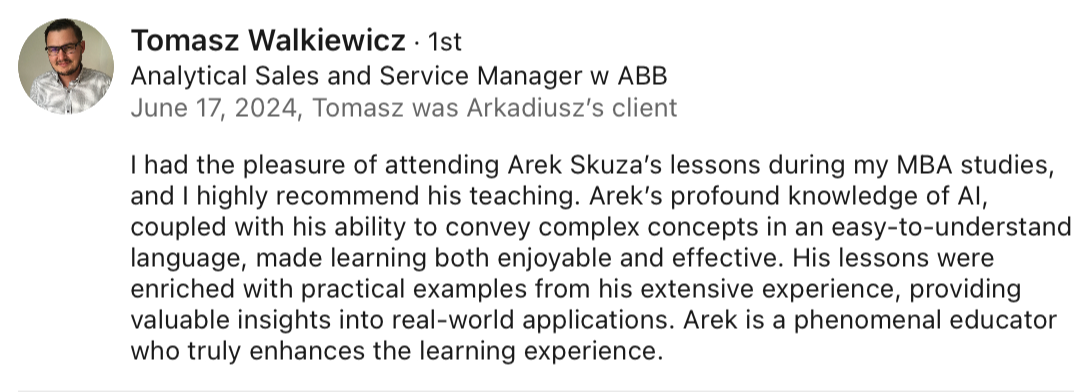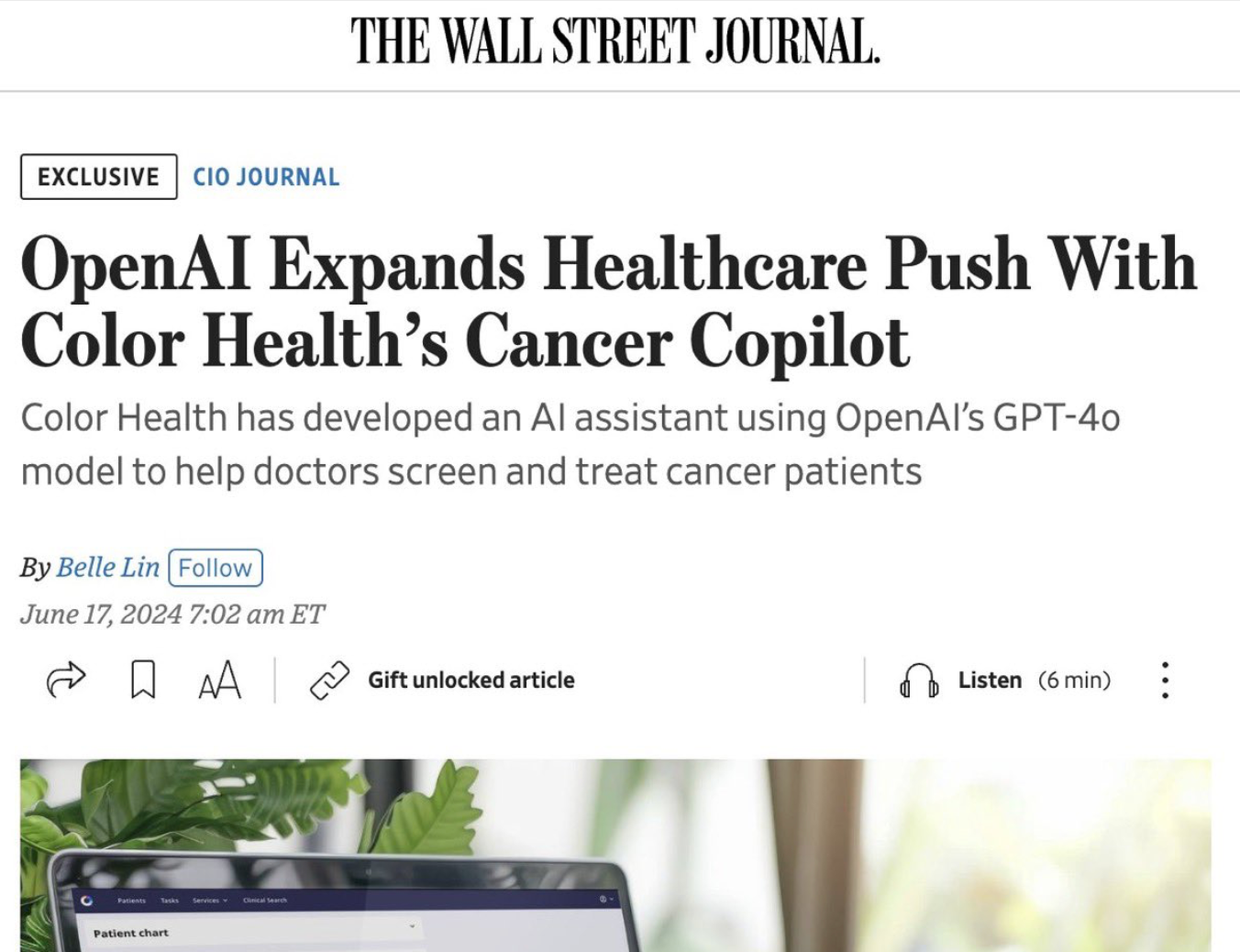Optimizing Productivity Through AI Ecosystem Integration
Most people do not have time to experiment with artificial intelligence and discover the right applications for their work. As a result, their productivity will decrease over time.
The point is that one AI tool will not change much. Even if you carve out time for Claude or Gemini, it will not make a significant difference. You have to build a set of tools around your own work and processes. Bring a complete ecosystem that transforms you into an AI-augmented environment.
So what should you do?
- Set aside 2 hours a week to test something outside of ChatGPT. Use different tools than the crowd is using.
- Write down in a notebook what your tedious work is. Note down what is the most boring aspect of your work.
- Gather a few people in the company and test AI tools together. Just buy them lunch and ask for help in testing.
- Measure what you can change, what KPIs you can improve with AI (for instance, # of customers contacted per hour).
- Show your results to your leadership and ask for more people to test.
A Strategic Framework for AI Implementation Decisions
I work with customers and every time they aim at increasing team and personal productivity, I suggest they fill out this form. They put it on paper. From a time perspective, it helps to keep things on track and adjust properly.
- What is the decision? Clearly define the decision you’re considering, such as adopting a specific AI tool or implementing more complex AI-powered systems.
- What is your motivation? Reflect on the emotional state driving your focus. Are you overly excited (extreme greed), apprehensive (some fear), or objective (neutral)?
- What is the metric you want to change? Identify the primary rationale for implementing AI. Ensure you don’t operate in wishful thinking mode. Is it productivity improvement, such as increased efficiency, cost savings, or competitive advantage?
- What are the qualitative benefits? Consider additional advantages like improved customer experience, employee satisfaction, or data-driven insights.
- If I took all qualitative benefits away, would you still make this decision? Assess whether the primary reason is compelling enough to proceed, even without the additional benefits. Narrow the focus to what is the core of the change.
- What triggered the decision? Identify the factors such as observed inefficiencies, market trends, or the need for innovation that drove the decision. Build a solid foundation for the change.
- Is this a reversible decision? Determine whether the implementation can be undone or adjusted if necessary. Consider the uncertainty AI can introduce.
- What makes me think this is the right move? Outline the evidence and rationale supporting your decision. Make it a C-Level attention magnet.
- What makes me think this might be the wrong move? Honestly consider potential risks, drawbacks, or uncertainties. Is it ethical?
- Upside if right: Describe the positive outcomes if the decision proves successful.
- Downside if wrong: Outline the negative consequences if AI fails or underperforms.
- What follow-up is important to make this decision more successful? Identify key steps, monitoring, or adjustments needed to maximize the chances of success.
- When and how will you know if this was a success? Establish clear success criteria and a timeline for evaluation. Define the very first point that, if reached, indicates you are on track.
- Walk through the scenario. What are the next 3 things to happen after you do this? Map out the immediate next steps and potential challenges or milestones. Blueprint AI systems that can come to life when all is successful. Ensure continuity is in the DNA of your decision.
By systematically working through this template, you’ll gain a deeper understanding of your decision-making process, potential biases, and the factors influencing your choice.
Collaborative Learning and Innovation with MBA Workshops
When MBA students hit the room, my life becomes different. The discussion, challenges, and insights they bring make life better. Learning together is what excites me the most.
Topics I cover in my Workshops:
- Generative AI models
- Prompting (k-shot, zero-shot, chain of thought)
- Soft fine-tuning
- AI Canvas
- AI Strategy Design
- Tools (Perplexity, OpenAI, Copilot, Claude, Google LM Notebook, Beautiful.AI, Reclaim.ai)
- 20+ use cases for genAI and ML
Here is the testimonial.

Advancing Healthcare with AI: A Case Study in Personalized Cancer Care
Color Health has partnered with OpenAI to develop a copilot application that uses GPT-4 to help doctors create personalized cancer screening and treatment plans.
What really happened:
- The application extracts and processes patient data, analyzes clinical guidelines, and generates tailored workup plans to identify missing diagnostics and expedite treatment.
- This aims to reduce delays in cancer care, which can significantly impact patient outcomes.
- Color Health is taking a measured approach, with clinicians reviewing and modifying the AI-generated plans before presenting them to patients.
Take AI Assistants to the next level. Improve customer “service.” Bring something meaningful. Stop developing chats for selling more crap. Bring good with AI.


